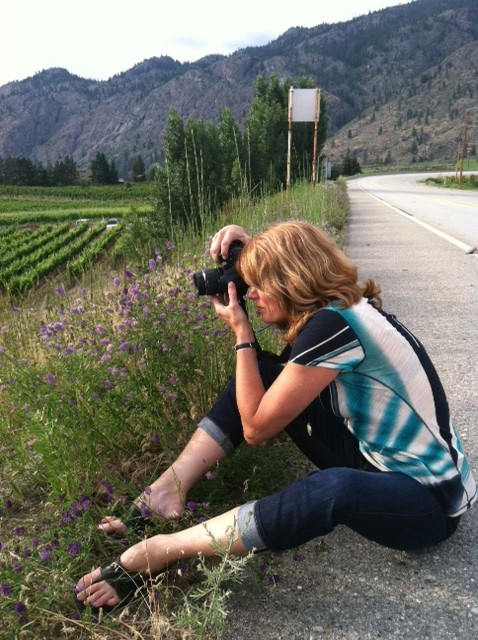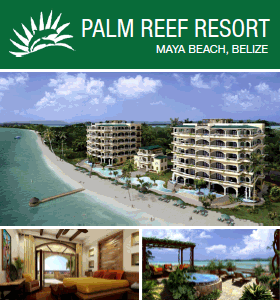Montreal’s new place to chill
Posted by in UncategorizedMontreal’s new place to chill
Our cab pulls up in front of a decaying industrial building, our driver as confused as we are. Taxis still get lost in the South-West Borough, or Le Sud-Ouest, in spite of the area’s reputation as the new go-to part of the city. I spot a bright lime-green truck with “Grumman ‘78” stencilled in block letters. Bingo. Music and laughter filter out of a garage behind. Grumman, a restaurant on the western edge of St. Henri, started the food truck movement in Montreal. It’s located in what was originally a stable that kept horses for the city’s firefighters in the late 1800’s. Grumman is one of a number of adventurous new eating and drinking establishments carving out a reputation in this part of Montreal once known more for its Irish slums than for restaurants, bars and pastry shops. It’s just one of the reasons people are heading southwest.
Neighbourhoods with a past
“Less than ten years ago, there were biker gangs hanging out in St. Henri and it was violent,” the bartender tells me. St. Henri is one of six neighbourhoods in the South-West Borough, which includes Griffintown and Little Burgundy (Le Petite Bourgogne) on the north side of the Lachine Canal – where most of the action is. The Atwater Market is at its heart and the borough is bordered roughly by Notre-Dame-de-Grace (NDG), the Ville-Marie expressway, LaSalle, Verdun and Westmount. McGill Street is an unofficial eastern border — and the borough is within walking distance from Old Montreal. The unassuming St. Henri boasts a number of buzzy, busy restaurants such as EVOO, Henri, H4C (in a renovated post office), Ludger, Bitoque, Sumac and a popular pie shop called Rustique.
A man walks past us on a Griffintown Street with the word “Irish” on the back of his t-shirt. The name Griffintown came from an Irish word for “hardship” and it was the home of the city’s mostly Irish labourers in the building of the Lachine Canal, the Victoria Bridge, the Old Port and the Grand Trunk railway. In 1847, 70,000 Irish settled here (Montreal’s population at the time was 50,000). They were shunned because they were neither English nor French and many died of typhus. The now-derelict warehouses where they once worked rub creaky shoulders with shiny, modern condos built for a new generation of Montrealers. The defunct Red Rose flour mill, on the edge of the canal, is lit up at night. Its glimmering grain elevator is a reminder of the area’s roots since it appears in every view of the St. Lawrence River.
At the lively Griffintown smokehouse, Le Boucan, we gorge on all manner of things smoked — pulled pork, chicken and meatballs – and a salad of slivered beets and smoked almonds. Le Richmond, in a beautifully renovated 1880’s power plant, houses two Italian-themed restaurants — a bistro and a dining room—and a market, terrace and café. The bistro opened just 4 months ago; the restaurant at the same time as Grinder, known for their decadent steaks. The cozy, bohemian Griffintown Café has a lively brunch, music, comfort food and great burgers. Other popular Griffintown favorites are Code Ambiance Wine Bar, Shinji for sushi, Nini’s Meatballs and Nora Gray.
As Oscar Peterson looms life-size in front of me, I think I’m having a deja-vu moment from a jazz era I wasn’t even part of. It turns out to be a mural dedicated to “O.P.”, dubbed by Duke Ellington the “Maharaja of the keyboard”. Little Burgundy was once the home of countless jazz clubs and the residence of jazz musicians like Oscar Peterson. Its European-style grid of streets and squares are worth a stroll, if only to see the hand-painted murals dedicated to the jazz greats. I spot several in homage to O.P., as well as Oliver Jones and Rufus Rockhead. Oscar used to let his fingers fly over the keyboard in “Oscar Peterson Park” — even the teeniest parkette is named “Jazz Men Park” – perhaps the friends shared a late morning coffee here. The city was internationally known for jazz in the early 20th century and Montreal’s annual Festival International de Jazz is the largest jazz festival in the world. Little Burgundy’s jazz clubs have now been replaced with shops and places to eat & drink, although many of the original homes are still here.
“We’re just hillbillies with a garden out back.” The chef-owners of the legendary Joe Beef restaurant in Little Burgundy are characteristically humble about being named one of the World’s Best Restaurants 2015 by the U.K.-based Restaurant magazine, the first time since 2010 a Canadian restaurant has made the list. At the unpretentious Joe Beef, which the classically-trained chef-owners David McMillan and Frederic Morin opened in 2005, the playful blackboard menu lists French dishes such as Lapin Escabeche and Cheval Cru along with Foie Gras Double Down (a play on KFC). The restaurant is an homage to an Irishman, Charles McKiernan, who was given the nickname Joe Beef during his years as quartermaster for the British Army during the Crimean War. He ran his famous waterfront tavern in this very building, which was popular with sailors and labourers. He helped striking canal and textile factory workers as well as the down-and-out, by providing bread and soup. He kept a menagerie of wild animals in the basement – four black bears, ten monkeys, three wild cats, a porcupine and an alligator. Story has it he would bring the bear upstairs to restore order if required. Little Burgundy is also home to other culinary institutions — The Burgundy Lion and Liverpool House and newer restaurants like Vin Papillion, as well as pastry shops — Patrice Patissier and Mamie Clafoutis.
Connecting neighbourhoods
The Lachine Canal, once an intrinsic part of the economic vitality of the city, is still a social artery linking east and west, creating vibrant communities along its stretch. It has a 12-km bike path which starts in the city of Lachine and ends in Old Montreal. Montreal is an extremely bike-friendly city and continues to add to its over 150 km of bike-only lanes. The canal, built in 1825 to allow ships to bypass the Lachine rapids in the St. Lawrence as they headed to the Great Lakes, was widened to provide hydraulic energy for Montreal’s early factories. The opening of the St. Lawrence Seaway (by Queen Elizabeth) in 1959 made the canal unnecessary and factories closed. Now kayakers and other boats enjoy the water in good weather.
The Atwater Market, open year-round, is a neighbourhood gathering point, especially on a Saturday and the 1930’s Art Deco building with its clock tower can be seen for miles around. I can’t see either on this bright October day for the heaping piles of pumpkins for sale. Inside the cozy interior, we try chocolates from Chocolats Genevieve Grandbois, cheese from Fromagerie Atwater and charcuterie from the butcher shop Boucherie Les Deux Freres.
Rue Notre Dame stretches from the eastern tip of the island, making its way through Old Montreal and the Southwest borough to Lachine, changing up its eclectic menu of restaurants, bars, pastry shops and stores as it heads west. The blocks from Guy to Atwater make up the Antique District. Along with about 50 antique shops, new art galleries open regularly, such as the contemporary Arsenal.
The South West borough’s new vitality owes much to its colourful past and the history of its struggles – a strong foundation to continue to attract local explorers, new residents and savvy visitors.
To view it on Vacay.ca:
http://vacay.ca/2016/01/montreals-new-place-to-chill/
For more information:
Accommodation:
Griffintown
Hotel Alt
http://www.althotels.com/en/montreal/
Old Montreal
Hotel Bonaparte (Old Montreal)
http://www.bonaparte.com/en/auberge/
Hotel Nelligan
http://hotelnelligan.com/hotel-nelligan/
Hotel St. Sulpice
http://www.lesaintsulpice.com/
You can follow any responses to this entry through the RSS 2.0 You can skip to the end and leave a response. Pinging is currently not allowed.



